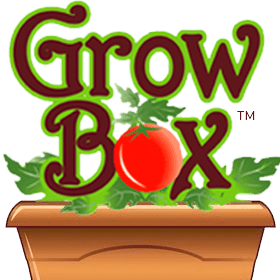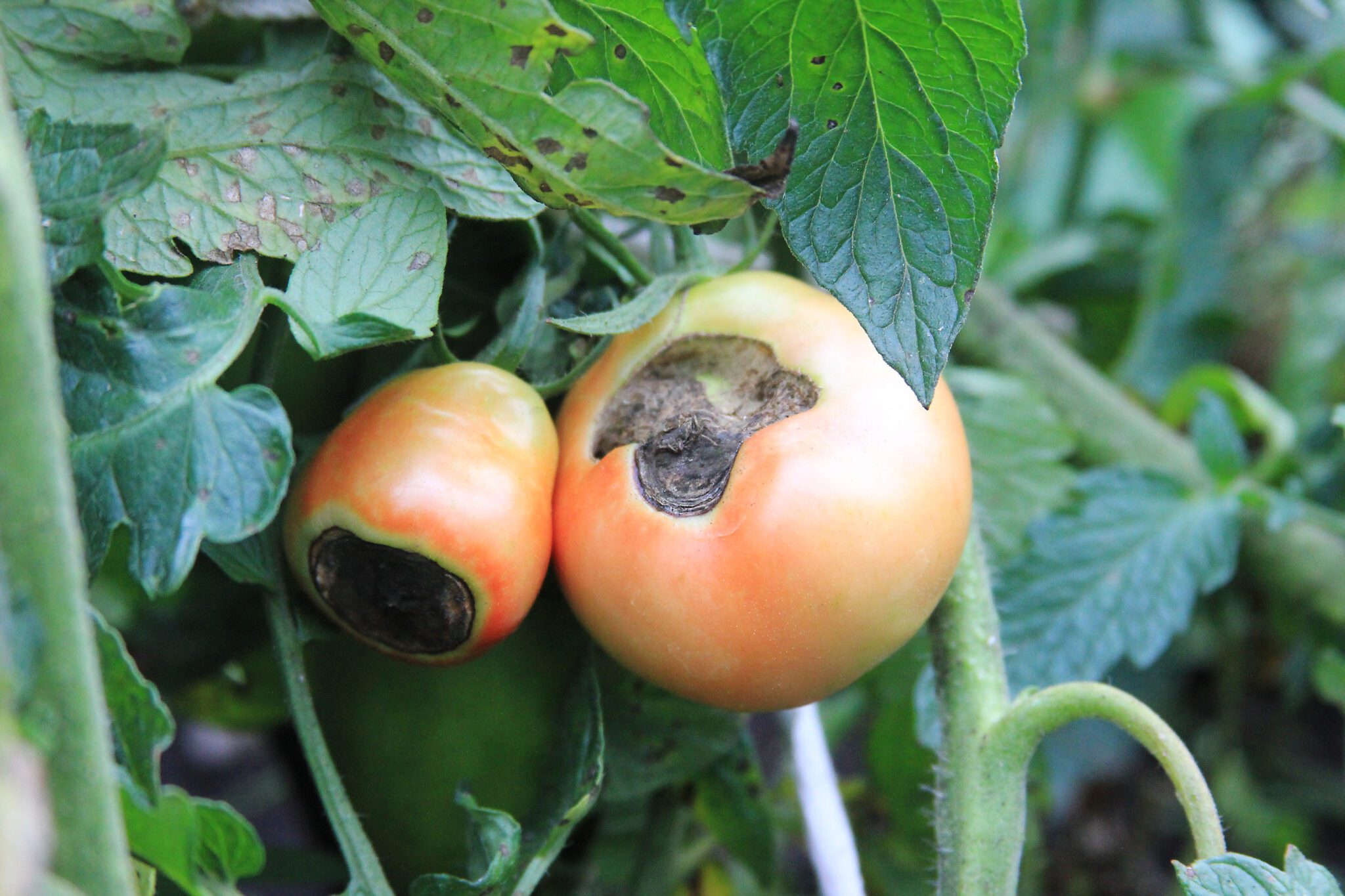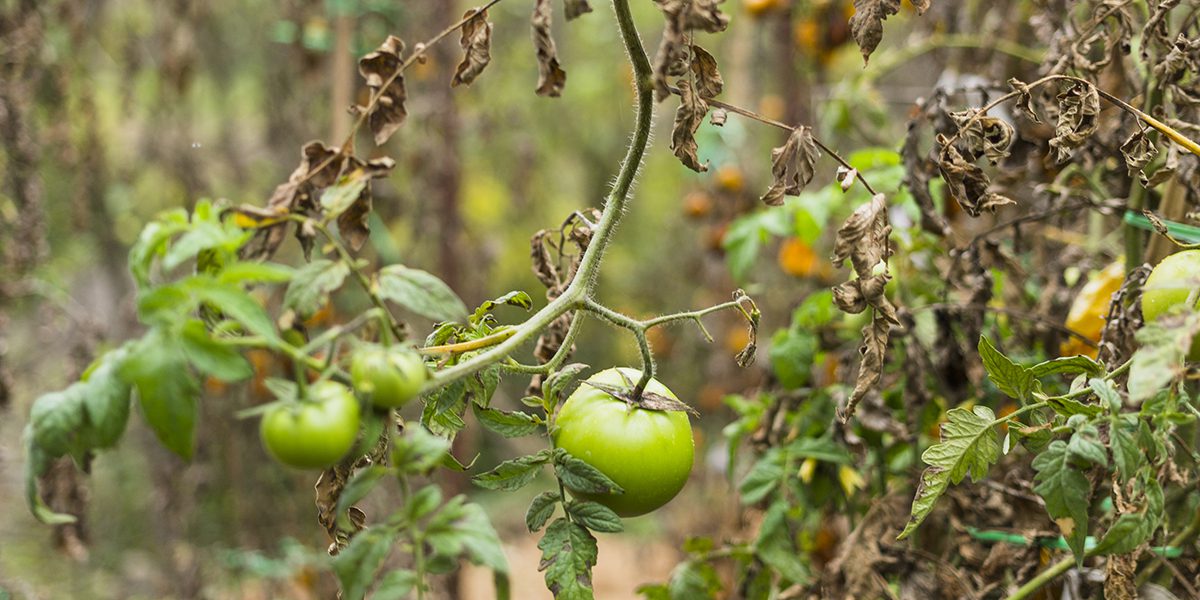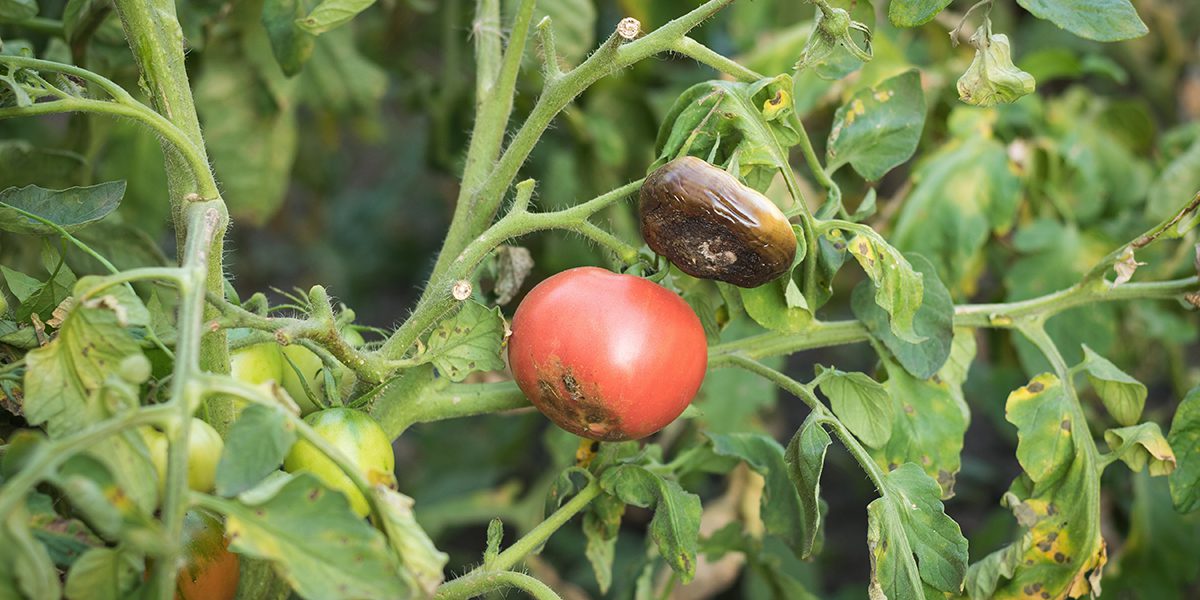Some of the most common forms of this rot would be blossom end rot on tomatoes, blossom end rot on zucchini, and blossom end rot on peppers. This type of rot is easy to spot. Basically, if your vegetables have a dark spot on them on the side opposite of the root, they likely have blossom end rot.
Many people think that this rot is the result of a mistake made on their part. However, that’s not necessarily the case. Believe it or not, the blame may actually fall on the type of soil that a person uses for their garden.
There is an abundance of choices when it comes to potting soil. Unfortunately, this causes many people to become confused about which choice is the best for their plants. This becomes especially true when speaking of people who are new to gardening. A lot of people would likely be surprised by the fact that the majority of potting mixes are very acidic. Using these types of soils can cause negative impacts on a person’s plants, especially when it comes to the quality of the vegetables that they produce.
In order to produce quality vegetables, a plant needs to be able to stay properly nourished. Acidic soils prevent plants from being able to absorb the nutrients that they so desperately need. One of the most important nutrients needed for healthy vegetable growth would be calcium. Unfortunately, acidic soil locks in the calcium as well as many other nutrients that are vital for quality vegetables. It may seem a bit odd that potting soil can be unhealthy for your plants. After all, it’s designed specifically for growing plants. However, the cause of this issue can easily be explained.
The majority of potting mixes are made from Sphagnum Peat moss. This specific type of moss has many benefits. For example, it helps the potting mix have a higher water capacity than regular soil. It also helps the soil maintain a higher nutrient level. However, none of this really matters when you consider the fact that potting mix containing Sphagnum Peat moss is too acidic for plants to be able to absorb the nutrients from it.
High acidity in soil leads to it becoming low in pH which is exactly what causes the nutrient locking to take place. When it comes to low pH, the chances of growing healthy tomatoes become slim to none. In order to grow tomatoes that do not suffer from blossom end rot, you will want to make sure that the soil you are using has a pH level between 6.0 and 6.8.
So, can you eat tomatoes with blossom end rot?
This is a common question. After all, people don’t like to waste food and on top of that, they don’t want their hard work and effort to result in little more than discarded vegetables in their trash bin. Fortunately, you can eat tomatoes as well as other types of vegetables that have blossom end rot. All you need to do is cut out the portion of the vegetable that is affected. However, it is important that you closely examine your produce before eating it. The rot allows easy access for larvae and other types of pests. Anything containing pests will need to be discarded.
While you may still be able to eat your tomatoes, that doesn’t mean that they will look very appetizing. If you’re anything like most people, you want your plants to produce tomatoes that are high quality, great tasting and have an excellent appearance.
If you’re wondering how to fix blossom end rot, you’ll likely be pleased to learn that making it an issue of the past is quite simple when you’re using one of our garden planters, called the Garden Patch GrowBox™, along with our Organic Soil Sweetener and Blossom End Rot Block.
As mentioned before, tomato blossom end rot is caused by nutrients being locked into soil due to high acidity and low pH levels. The Organic Soil Sweetener contains dolomite which helps your plants get all the nutrients they need to stay healthy and put tomato rot to a stop. Just as the name suggests, the Organic Soil Sweetener “sweetens” the soil by jam-packing it with loads of nutrients. On top of that, it helps the plants by keeping the soil at a healthy acidity level which makes the nutrients in the potting mix easy to absorb.
Don’t let your garden become a victim of blossom end rot. Ensure that your plants get all the nutrients they need by using The Garden Patch™ Grow Box™ in combination with The Organic Soil Sweetener and Blossom End Rot Block.



